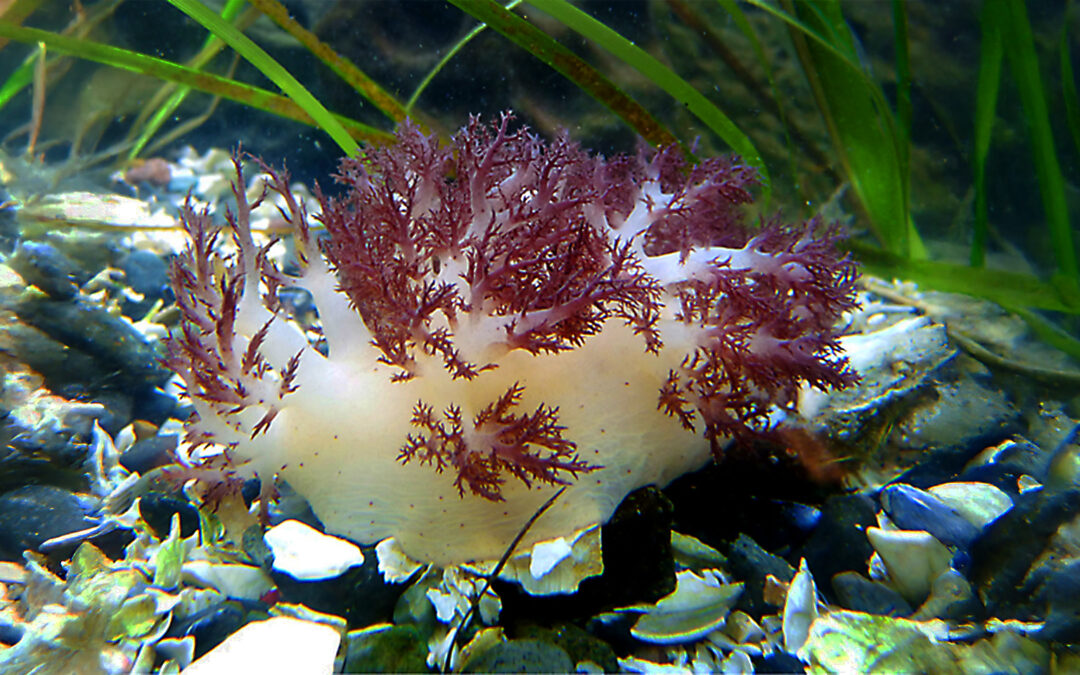
by David Young | Aug 21, 2024 | Molluscs
Author: Kailey Garrett Scientific name: Dendronotus rufus Size range: up to 28 cm (11 in) Identifying Features: Dendronotus rufus have stretched rectangular bodies with cerata that branch out at the edges. Their bodies are generally white and often have colors on...
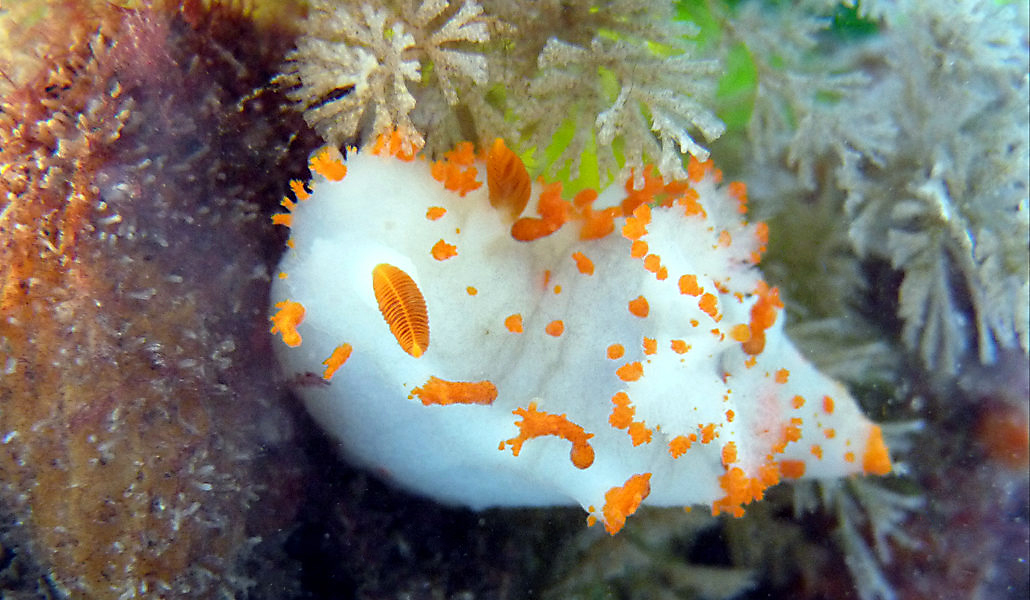
by David Young | Aug 20, 2024 | Molluscs
Clown Nudibranch Common Names: Clown Nudibranch. Orange-spotted Nudibranch, Sea Clown, Sea Clown Triopha Scientific Name: Triopha catalinae Size Range: 7cm but up to 15cm in length Video by Isobel Austin and D. Young Please visit back – more information on...
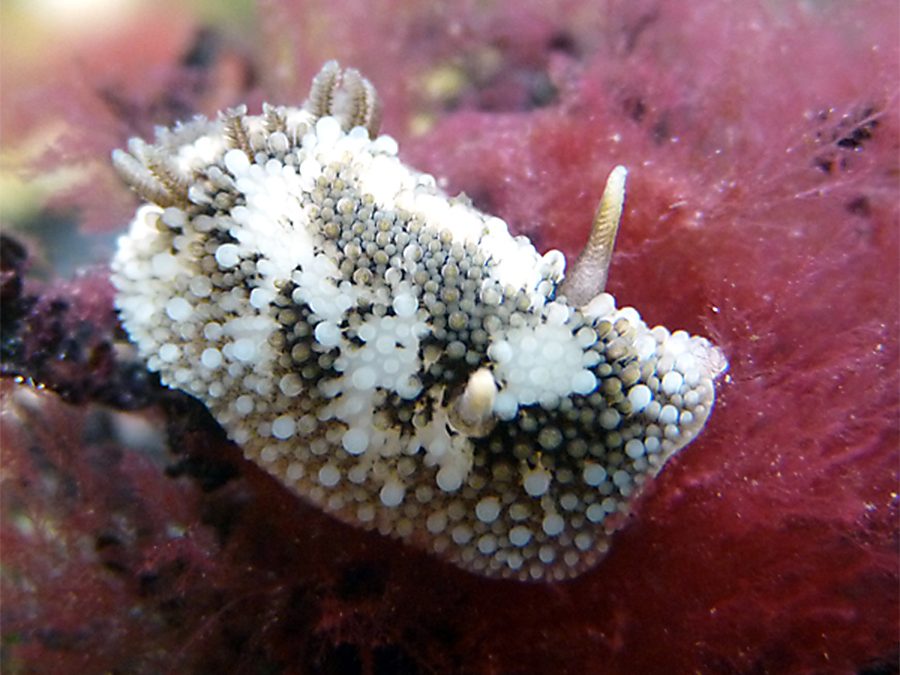
by David Young | Aug 20, 2024 | Molluscs
Author: Hailey Surgin Common Name: Barnacle Eating Dorid, Rough Mantled Dorid Scientific Name: Onchidoris bilamellata Size Range: up to 2cm to 3cm in length Identifying Features: Most barnacle eating dorids have a mottled grey and brown colour to them. Their...
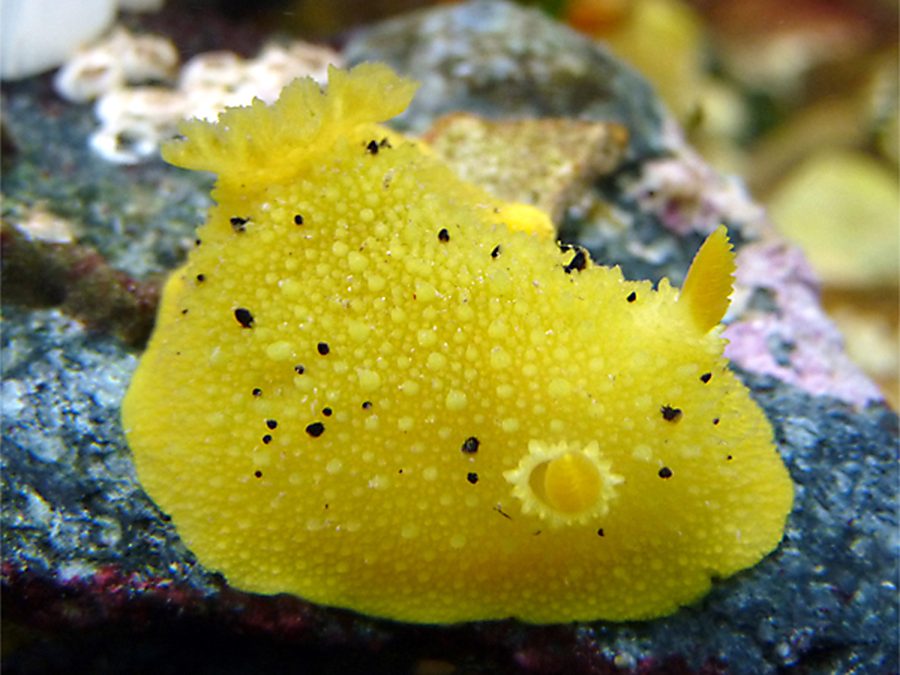
by David Young | Aug 20, 2024 | Molluscs
Author: Anna Stürgkh Common names: Monterey Sea Lemon, Sea Lemon Scientific name: Doris montereyensis (Archidoris montereyensis) Size range: 4.4 cm (1.7 inches) to 15 cm (6 inches) in length and 4 to 5 cm in width. Identifying Features: The Monterey Sea Lemon (Doris...
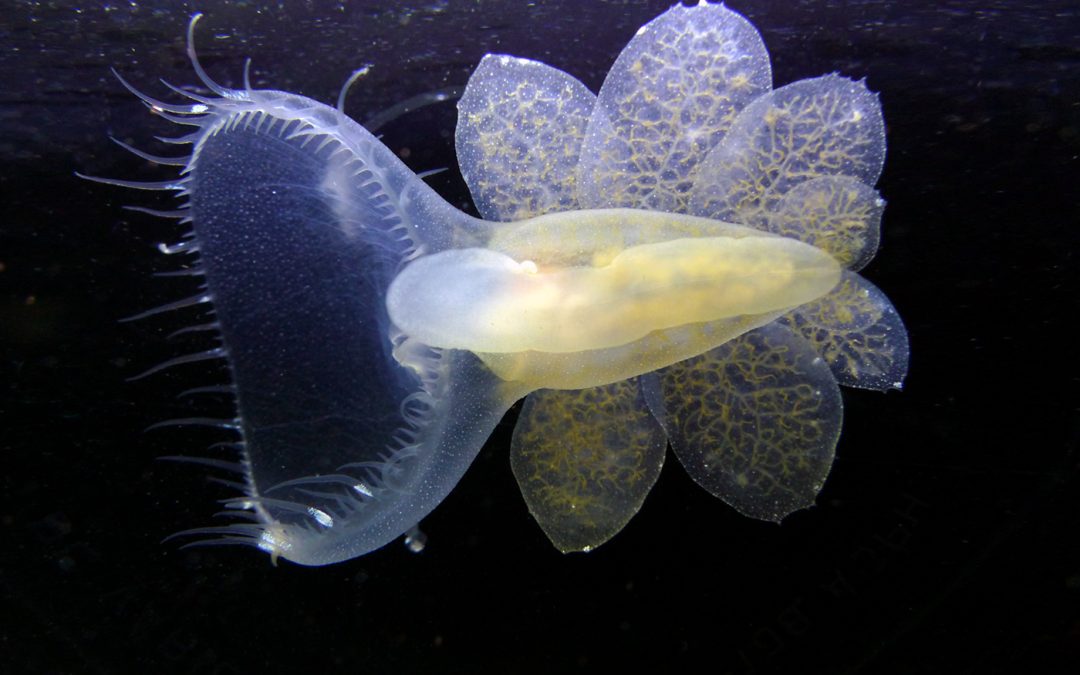
by David Young | Aug 19, 2024 | Molluscs
Author: Maggie Ikeyima Common names: Hooded Nudibranch, Lion Nudibranch Scientific name: Melibe leonine Size range: Up to 10cm long, 2.5cm wide and 5cm across oral hood. Identifying Features: The Hooded Nudibranch is a translucent white, yellow, orange, or...
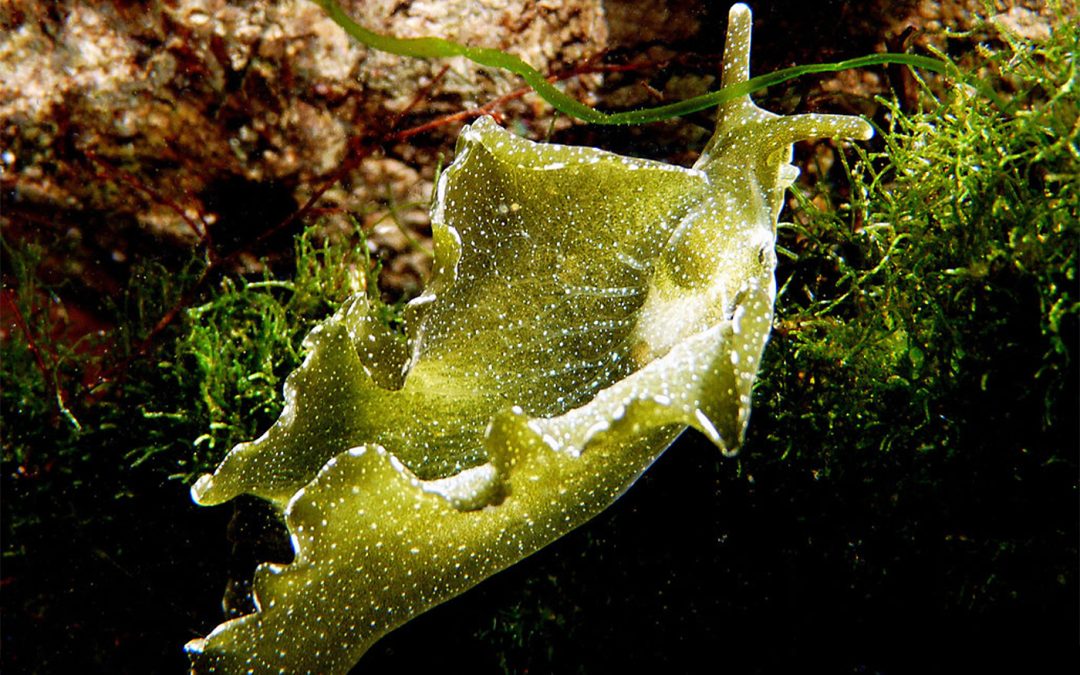
by David Young | Aug 19, 2024 | Molluscs
Author: Fynn Migallo Photos and video by D. Young and Oliver S. Common name: Hedgpeth’s Sea Hare, Hedgpeth’s Sapsucker Scientific name: Elysia hedgpethi Size range: 2 – 5 cm (0.7 – 1.9 inches) Identifying features: Hedgpeth’s Sea Hare belongs in...






